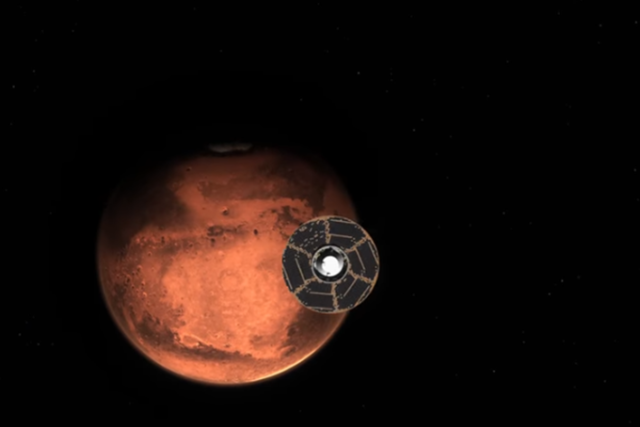NASA Discovers Evidence of Ancient “Super Eruptions” on Mars
Scientists find evidence that northern Mars experienced thousands of massive eruptions.

Normally, I cover reports of significant volcanic eruptions around the world.
But now I can expand my coverage to our neighboring planet, thanks to continuing efforts of NASA scientists.
Some volcanoes can produce eruptions so powerful they release oceans of dust and toxic gases into the air, blocking out sunlight and changing a planet’s climate for decades. By studying the topography and mineral composition of a portion of the Arabia Terra region in northern Mars, scientists recently found evidence for thousands of such eruptions, or “super eruptions,” which are the most violent volcanic explosions known.
Spewing water vapor, carbon dioxide, and sulfur dioxide into the air, these explosions tore through the Martian surface over a 500-million-year period about 4 billion years ago. Scientists reported this estimate in a paper published in the journal Geophysical Research Letters in July 2021.
“Each one of these eruptions would have had a significant climate impact — maybe the released gas made the atmosphere thicker or blocked the Sun and made the atmosphere colder,” said Patrick Whelley, a geologist at NASA’s Goddard Space Flight Center in Greenbelt, Maryland, who led the Arabia Terra analysis. “Modelers of the Martian climate will have some work to do to try to understand the impact of the volcanoes.”
 DONATE
DONATE
Donations tax deductible
to the full extent allowed by law.








